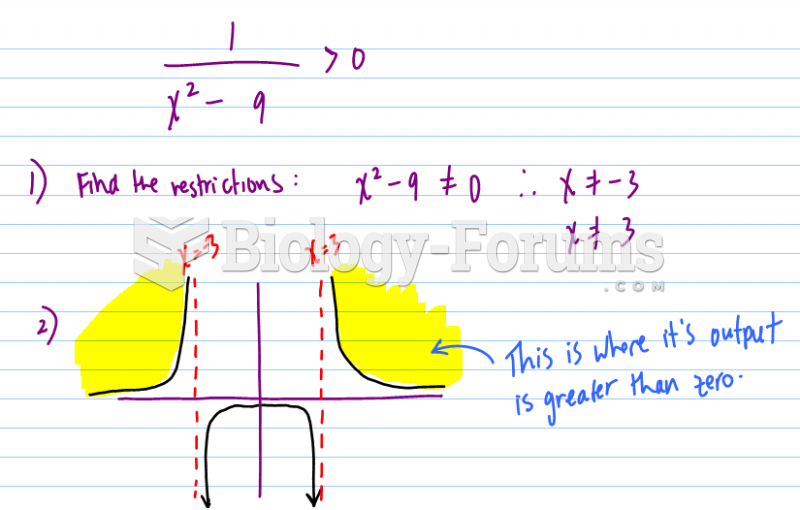I am taking the following from Markushevich's Theory of Functions, Volume 1, Chapter 8 (it is out of print and I got a copy cheap years ago. Very hard to find now even in libraries.) The chapter is 8 pages long, so I will just briefly describe.
Geometric Interpretation of Arg f'(z) [remember that the argument is the angle part in the polar representation of a complex number]: let w=f(z) be a complex function. Let Z be the plane of the domain and W be the plane of codomain. Suppose f(z) has a non-zero derivative at some point z0. Let l be a curve in the Z-plane that passes through z0. Let L be its image in W-plane. Let S be the tangent ray of l at the point z0, and T be the tangent ray of L at the point f(z0), then the difference in inclination of T and S is Arg f'(z0) (the inclination is defined as the angle formed between the ray and the positive real ray).
In other words, if f(z) is a differentiable function at z0 with non-vanishing derivative, then locally it is invertible. So given a small disk D about z0, f(z) maps it 1-to-1 to some small disk D'. Arg f'(z0) represents how much the disk D' is rotated relative to the disk D.
Geometric interpretation of |f'(z)|: Using Markushevich's words, |f'(z)| is a linear magnification ratio. Thinking the tangent rays S and T from above as representing velocity vectors, |f'(z0)| gives how much faster T is relative to S.
Using the disk consideration from above, the quantity |f'(z)| represents how much the disk D' is magnified relative to the disk D.
These geometric interpretations are the forefathers of the branch of mathematics now called conformal geometry.







